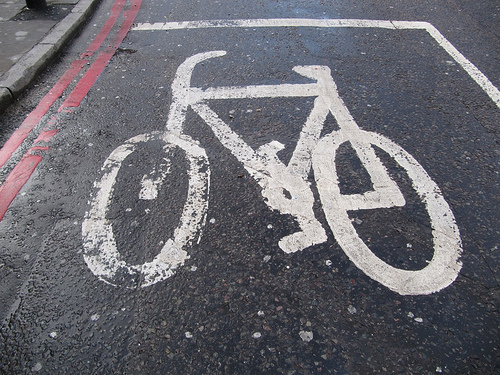
DO’s
-
Wear a cycle helmet.
-
Bring enough food and drink to complete the route.
-
Have tubes, patches, CO2 or a pump to repair your own flat.
-
Show up on time, don’t expect more than 5-10 minutes of waiting on someone.
-
Bring mobile phone and money on the ride.
-
Ensure your bike is road worthy, brakes are fully operational and that your tyres are pumped up to the recommended PSI (as written on the tyre).
-
Cycle a maximum of two abreast in 2 close parallel lines where appropriate, focus on keeping it neat and tidy.
-
Ride with 1ft approx. between your front wheel and the back wheel of the rider in front. There should also be 1ft between your shoulders and the rider beside you.
-
Be prepared on small or busy roads to ride in single file.
-
Lead cyclists to navigate and point out hazards in the road by either shouting or using hand signals. Listen to them and act on the calls, and most importantly, repeat them for the cyclist behind you.
-
Ride directly behind the wheel of the rider in front. If you cycle in the middle of the two wheels in front of you, you WILL push the cyclist on your outside into the path of passing vehicles.
-
Brake as gently and smoothly as you safely can when riding in a pack.
-
Talk to each other. Point out either with hand signals or shouts, all potholes, manhole covers and other dangers in the road that could cause punctures or accidents.
-
If you are the back of the group and either see someone dropping or are being dropped it is your responsibility to call to the cyclists in front that the pace is too high.
-
When asked to “ease up’ or “slow a little” do not brake suddenly. Gentle ease your pace by pedalling less hard or freewheeling for a moment.
-
Ride at a steady pace, keeping the pack as a compact unit.
-
If you are feeling tired let people know. Accidents happen when people are tired and lose concentration. Everyone gets tired, let people know so they can slow the pace down and tuck you in the pack to carry you home ;o)
-
Dress in appropriate clothing for the weather.
DON’T
-
Overlap wheels, or nudge in between the wheels of the riders in front. You will come off if they move off their line.
-
Ride on tri / aero bars in packs as you will not be able to brake or steer quickly.
-
Make any sudden movements/changes in direction off your line when in the pack. You are responsible for the cyclist behind you, they are following YOUR wheel they need to trust you.
-
Ride off the front. This is a group ride, not a race. If you want to go faster then let the others know what you are going to do and if no one wants to join you then go off and enjoy your ride alone.
-
Stop pedalling if you are on the front, even on downhill. The cyclists behind you will read this as you slowing and could be forced to brake and bunch up.
-
“Zone out” on the wheel in front. Keep aware of everything that is going on around you, look ahead and that way you can avoid most hazards.
-
Pull out at junctions without looking, having heard the “Clear” call from a fellow cyclist. Check whether there is a vehicle coming yourself.
-
Don’t be aggressive with cars or drivers. Regardless of who is right you lose. The car is much larger, faster, and better insured that your bicycle.
CALLS
These are some calls you might hear. It is essential that you repeat them down the pack so everyone can hear:
-
“Car Up/Front/Back” : Keep tight to the cyclist next to you, and be prepared to cycle in single file
-
“Hole” : Upcoming pothole to avoid. This can also be followed by a direction i.e “HOLE LEFT”.
-
“Slowing” : Usually accompanied by a hand signal. The cyclist in front needs to slow down for some reason.
-
“Stopping” : Brake!
-
“Wait” : Usually at junctions to indicate there is a car coming
-
“Clear” : To indicate that a junction is traffic free. You must check yourself and not rely on others.
-
“Heads Up” : Hazard ahead, pay attention.
-
“Single out/ single file” : Get into single file safely and promptly
Leave a Reply
Please LOG IN to post a comment.





COMMENTS